The spiral classifier is one of the commonly used hydraulic classification equipment. There are many factors that affect the process effect of the classifier. There are two main aspects that determine the quality of the process. One is the working quality of the classifier, such as the content of fine particles smaller than the classification size in the sand and the coarse content in the overflow that is larger than the classification size, as well as the level of sand moisture; The second is the production capacity of the classifier, including the solid production volume in overflow and sand settling. The following will give you a detailed introduction to the factors that affect the working effect of the spiral classifier to help you understand the work of the spiral classifier and improve its working efficiency.
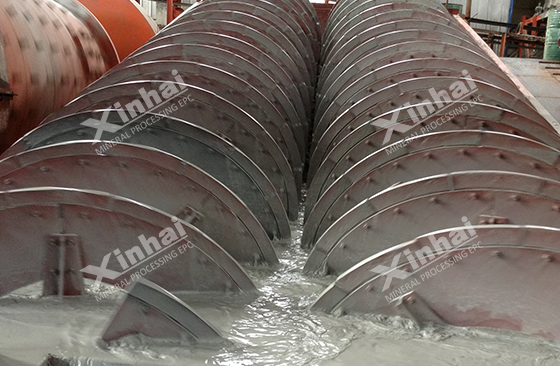
Use the table of contents below to navigate through the guide:
01The influence of ore properties on spiral classifier
The density, particle size composition and mud content of the ore will all affect the working efficiency of the classifier. The density of the ore will directly affect the production capacity of the classifier. As the density of the ore increases, the production capacity of the classifier will continue to increase. The ore particle size composition and mud content will affect the viscosity of the slurry. As the viscosity increases, the settling speed of the ore particles decreases, and the processing capacity and classification accuracy of the classifier will also decrease. Therefore, when the slime content is high, the method of reducing the classification concentration is used to solve this problem, but the processing capacity of the classifier will also be reduced. The appropriate amount of slime in the slurry is beneficial to the classification operation, because the slime can help increase the viscosity of the slurry and reduce the turbulence of the slurry caused by spiral stirring.
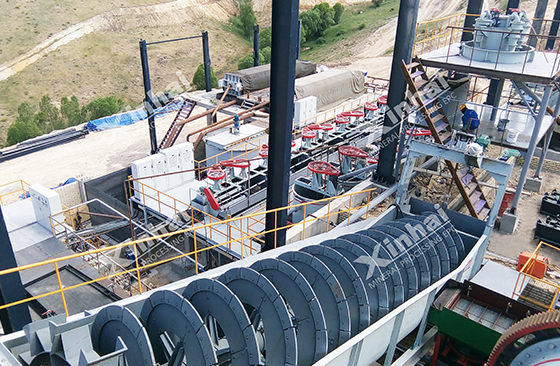
02The influence of classifier structure on spiral classifier
The liquid surface area where the mineral particles settle in the classifier is called the classification area, and its size directly affects the processing capacity and classification particle size of the classifier. The classification process occurs in the horizontal slurry flow close to the surface layer. Appropriately increasing the width of the classification tank, increasing the height of the overflow weir, or reducing the inclination of the tank can increase the classification area, thereby increasing the overflow volume. processing power and finer grading accuracy.
The speed of the classifier spiral is one of the factors that affects the spiral classifier. It mainly affects the degree of agitation of the liquid level and the ability to transport sand back. Vigorous stirring is required when grading coarse-grained mineral particles to avoid affecting the sedimentation of the particles. When grading fine-grained mineral particles, the rotation speed of the spiral is sufficient to transport the returned sand out along the outer groove, and it is not easy to stir too violently.
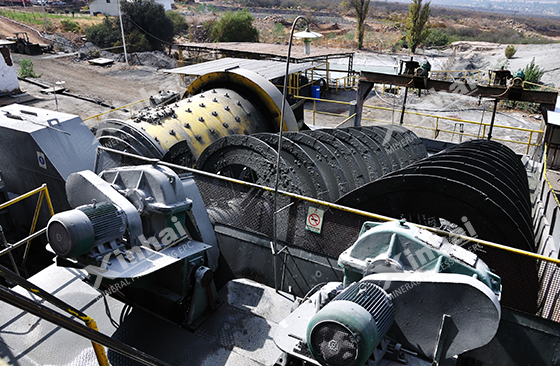
03Effect of ore concentration on spiral classifier
The ore concentration not only affects the classification particle size, but also affects the processing capacity of the equipment at this classification particle size. Therefore, it is necessary to control the classification particle size by adjusting the concentration during production. There is a critical value for the impact of concentration on classification particle size and productivity, so it needs to be controlled within a certain range.
When the slurry concentration is increased, the degree of sedimentation interference of mineral particles becomes larger and the particle sedimentation velocity becomes smaller. This process causes some coarser mineral particles to be brought into the overflow before settling in time, thus making the overflow particle size coarser.
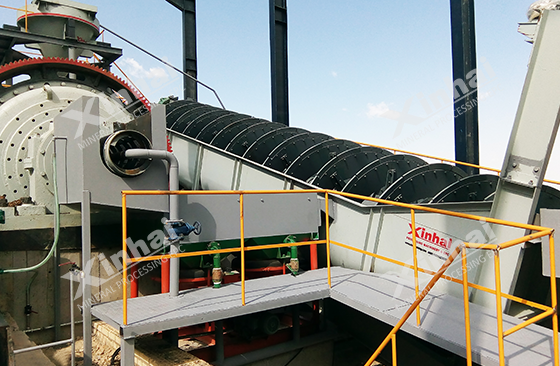
When reducing the slurry concentration, in order to ensure solid productivity, the overflow flow rate is increased. The increased horizontal flow rate will bring coarser mineral particles into the overflow, causing the overflow particle size to become coarser. Therefore, when grading different ores, it is necessary to determine the appropriate critical slurry concentration and ensure a certain solid productivity under the same ore concentration, so that the finest grading particle size can be obtained. Under the condition of ensuring a certain grading particle size, the Improve the productivity of your grader.
In order to understand the working condition of the classifier, in actual production, the overflow concentration of the classifier needs to be monitored every 20-30 minutes to ensure control of the classification particle size.
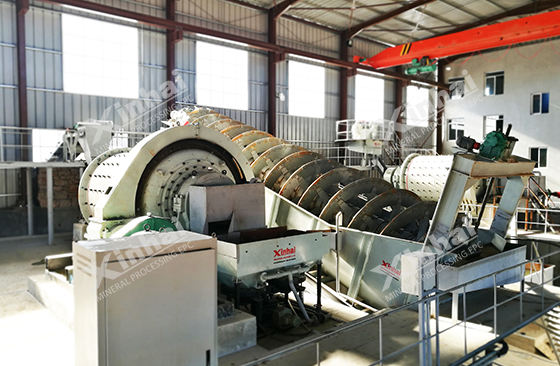
The above content is a brief introduction to the factors that affect the working effect of the spiral classifier. In order to improve the working efficiency of the classifier, various factors need to be considered comprehensively in actual production to avoid shutdowns. In order to meet production requirements, Xinhai Mining recommends choosing an efficient and high-quality spiral classifier to ensure classification efficiency while improving the production capacity of the production line and ensuring the overall efficiency of the dressing plant.


 marketing@ytxinhai.com
marketing@ytxinhai.com  0086 13810327080
0086 13810327080 






































































































 CHAT
CHAT MESSAGE
MESSAGE





